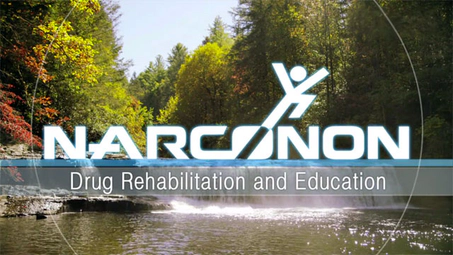DRUGS: WHAT YOU
NEED TO KNOW Booklet

Signs and Symptoms of Prescription Stimulant Addiction

Prescription stimulants have been popular for several decades as treatments for obesity, narcolepsy, depression and for a newer and controversial diagnosis applied to many youth. When children have difficulty completing tasks or focusing on studies, millions have been prescribed stimulants.
However, as a result of years of liberal prescribing, abuse of these drugs has become widespread. More than five million people abuse a prescription stimulant each year. Misuse is highest among those aged 18 to 25.1
Of these five million, it’s estimated that 758,000 suffer from a prescription stimulant use disorder, which means that these individuals were consuming a prescription stimulant despite the drug causing damage to their health, or resulting in personal problems or addiction.
Because both prescription and illicit forms of stimulant drugs are addictive, it is very important for families and friends to be able to identify when a loved one has become addicted to one of these drugs. The effects of addiction to stimulants can be severe and even life-threatening.
Prescription Drug Addiction Is Threatening Our Youth
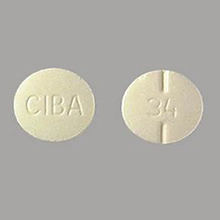
Courtesy of CT.gov
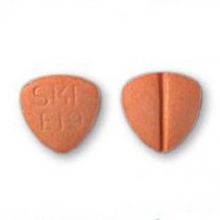
Courtesy of getsmartaboutdrugs.gov
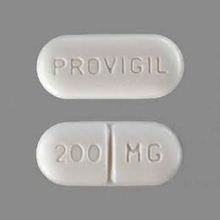
Courtesy of lb7.uscourts.gov
Prescription drug misuse has more impact on youth and young adults than any other group, and the misuse of prescription stimulants is no different.2 This category of drug includes all these drugs (and more), with the generic name of the drug preceding well-known brand names:
- dextroamphetamine (Dexedrine)
- dextroamphetamine and amphetamine (Adderall)
- modafinil (Provigil)
- methamphetamine (Desoxyn)
- methylphenidate (Ritalin, Concerta)
- amphetamine (Evekeo)
- armodafinil (Nuvigil)
How Are These Drugs Being Misused?
What does it mean to misuse one of these drugs? It means that a person obtains and consumes this drug without a doctor’s supervision or prescription, or that they take more than prescribed or take it in a way that is not recommended. For example, they may crush and snort pills or dissolve pills and inject the liquid.3

Students concerned about the pressures of grades, scholarships or graduation may be prone to obtain these drugs to keep themselves alert and studying longer. Many students have the idea that using these drugs—with or without a prescription, can give them a scholastic advantage.
One review of surveys of American medical students found that between 10% and 15% of medical school students were using non-prescribed stimulants to deal with the pressure.4
There are also many anecdotal reports of students studying the signs of conditions for which these drugs are prescribed so they can then make those complaints to a doctor and get themselves a prescription.
Both youth and adults may abuse these drugs so they can “burn the candle at both ends”—work or study all day and then party into the night. However, this kind of life can take a terrible toll on a person’s health.
Physical Signs of Prescription Stimulant Addiction
The signs of addiction to these drugs may vary somewhat by which drug is being abused. The family of a person addicted to these drugs may note these signs:
- Headaches
- Blurred vision
- Nausea
- Diarrhea
- Dizziness
- Back pain
- Insomnia
- Loss of appetite
- Weight loss
- Slowed growth
Behavioral and Emotional Signs of Prescription Stimulant Addiction
The impact of prescription stimulants on a person’s behavior or mental and emotional states can be intense. Initially, a person may start abusing these drugs to achieve these effects they consider desirable:
- Euphoria
- Greater energy
- More sociability
- Lowered inhibitions

But there is a definite downside to stimulant addiction. A family may see these signs in a person who has been abusing these drugs, especially when they are taking higher doses:
- Depression
- Aggression
- Anxiety
- Anger
- Suicidal thoughts or actions
- Hallucinations
- Jitteriness
- Social withdrawal
- Psychosis
- Paranoia
- Unusual thoughts or behavior
The Long-Term Damage of Prescription Stimulant Addiction
Stimulants place heavy stress on the heart, nervous system and gastrointestinal system. These stresses could lead to heart attacks or seizures. Snorting or injecting these drugs increases the risk of dangerous or life-threatening effects.3
One study found a correlation between abusing amphetamine-type drugs and a greater risk of developing dementia. Research has also found chronic misuse of this type of drug can result in abnormalities in brain chemistry, function, and structure. This can lead to memory loss.5
There is some evidence that prescribing these stimulants to a person with attention problems contributes to an increased risk of suicide.6
Prescription Stimulant Overdose
When a person is abusing a prescription drug, it is common for them to take more than recommended by a doctor. If they take more than their body can handle, the result can be life-threatening.7 These symptoms may be seen:
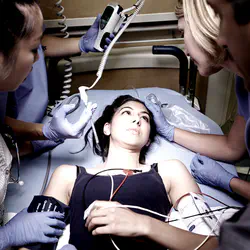
- Dangerously high fever
- Irregular heartbeat
- Confusion
- Fever
- Panic attacks
- Seizures
- Heart failure
- Heart attack
- Muscle pain and weakness
- Tremors
- Wounds appearing on fingers or toes
- Abnormally high or low blood pressure
- Convulsions
- Coma
- Sudden death8
Withdrawal from Prescription Stimulants
When a person stops taking these drugs, the following symptoms may be experienced:
- Fatigue
- Depression
- Sleep problems
- Social disability
- Hallucinations
- Lack of focus or concentration
- Strong cravings
- Mood swings
- Body aches9
Recovery from Prescription Stimulant Addiction
Despite these drugs being liberally prescribed by many medical professionals, these are strong stimulants that place heavy stress upon the heart and nervous system. When someone is abusing stimulant drugs, there is no telling how high their dosages may get.
As can be seen by the potential effects of these drugs, their abuse can be life-threatening. Not only could serious cardiac effects be created, but they can also trigger hallucinations, paranoia and thoughts of suicide.
Most people require the support of friends, family, community and professionals to fully leave addiction to stimulants behind. A family with a loved one who has been abusing prescription stimulants to the point of addiction should not have them stop until they find a good and effective rehabilitation for their loved one.
Many of those who are addicted have been neglecting their own care for a long time, so it can take some time to rebuild their physical strength and develop new healthy habits in life. But recovery from addiction is possible. That means that there is hope for both those who are addicted and those who love them.
Sources:
-
SAMHSA. “Key Substance Use and Mental Health Indicators in the United States: Results from the 2020 National Survey on Drug Use and Health.” Substance Abuse and Mental Health, 2021. SAMHSA Publication ↩︎
-
SAMHSA. “Rise in Prescription Drug Misuse and Abuse Impacting Teens.” SAMHSA, 2021. SAMHSA Article ↩︎
-
NIH. “Prescription Stimulant Medication Misuse: Where Are We and Where Do We Go from Here?” NIH, 2017. NIH Article ↩︎ ↩︎
-
NIH. “Stimulant Usage by Medical Students for Cognitive Enhancement.” 2021. NIH Article ↩︎
-
Wiley Online Library. “Association between amphetamine-related disorders and dementia-a nationwide cohort study in Taiwan.” Wiley, 2020. Wiley Article ↩︎
-
NIH. “Mortality associated with attention-deficit hyperactivity disorder (ADHD) drug treatment.” NIH, 2009. NIH Article ↩︎
-
NIDA. “Prescription Stimulants DrugFacts.” NIDA, 2018. NIDA Article ↩︎
-
MedlinePlus. “Dextroamphetamine.” MedlinePlus, 2019. MedlinePlus Article ↩︎
-
MedlinePlus. “Substance use - amphetamines.” MedlinePlus, 2020. MedlinePlus Article ↩︎


 ®
®
